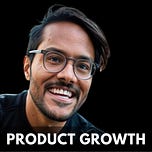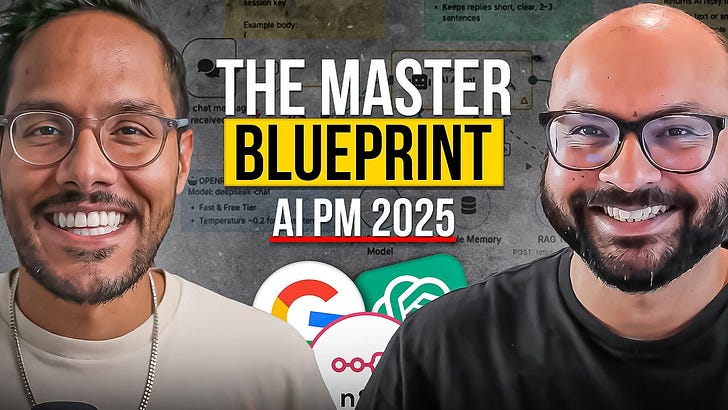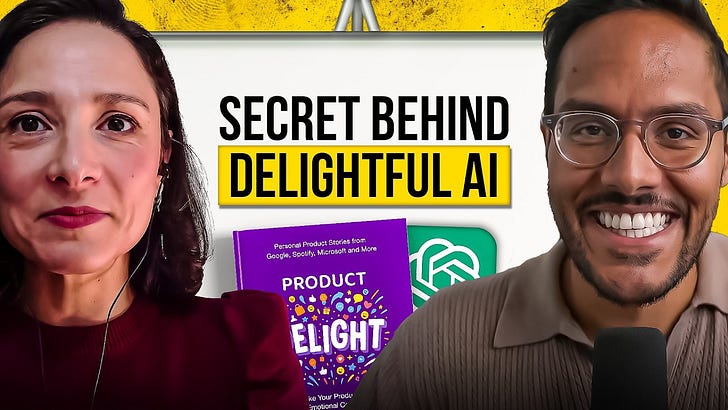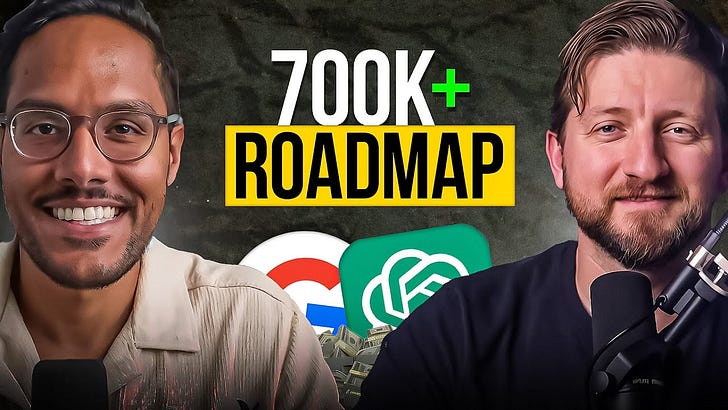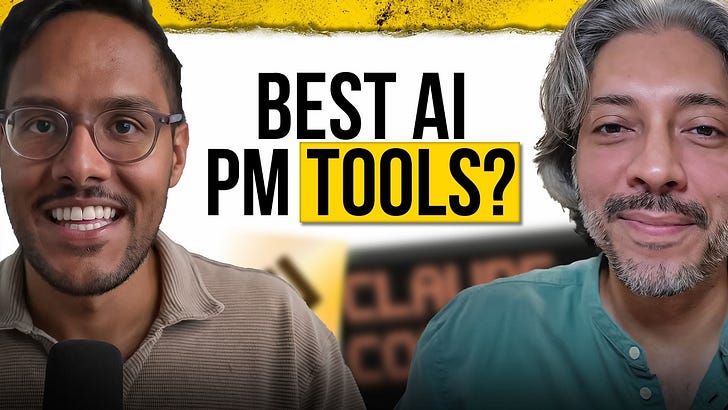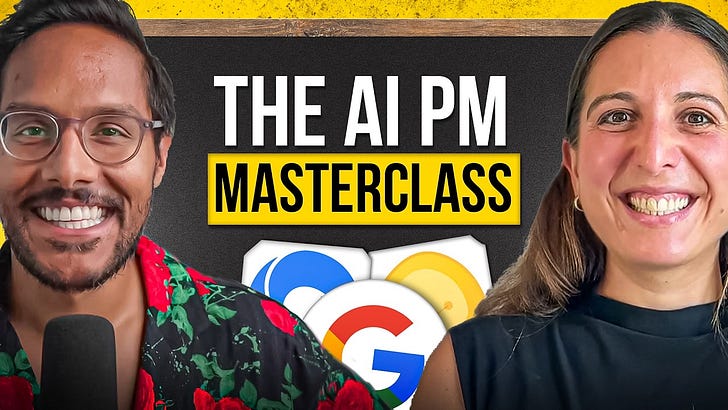Check it out on Apple, Spotify, or YouTube.
Brought to you by:
WorkOS: Your App, Enterprise Ready
Amplitude: Try their 2-min assessment of your company’s digital maturity
Linear: Plan and build products like the best
Today’s Episode
Roger Martin is amongst the Mount Rushmore of Strategy thinkers, alongside Michael Porter and Clay Christensen.
Today’s episode is an 82 minute practical masterclass to product strategy.
We cover:
The five questions to create strategy
Evaluation of Anthropic’s strategy
What business schools get wrong
If you've ever wanted to improve your strategy chops (and what PM hasn’t?), this episode will be for you.
Key Takeaways
Here were my favorite takeaways:
Most "strategy" is just budgeting with prose. According to Martin, at least 90% of strategy out in the world is merely a list of laudable initiatives that don't fit together to create a compelling reason for customers to choose you over competitors.
Strategy compels customers to take desired actions. The core purpose of strategy is making integrated choices that cause customers to pull money from their pockets and give it to you instead of someone else, not just planning activities.
Five questions make a complete strategy. A real strategy answers: What's your winning aspiration? Where will you play? How will you win? What capabilities must you have? What management systems do you need to build and maintain those capabilities?
The best competitive advantage exploits what competitors "won't" do. The most powerful strategic positions come from understanding competitors' mixed motives. Things they could do but won't because it would hurt their core business (like Walmart avoiding e-commerce to protect store investments).
Strategy works when your "where to play" and "how to win" form a matched pair. Your choice of market segment should enable a distinctive advantage, and your advantage should be perfect for your chosen segment—they must reinforce each other.
Business schools teach tools, not strategy. MBA programs focus on analytical frameworks like five forces and resource-based view, but rarely teach how to create an integrated strategy that makes real-world choices.
Product managers often focus on initiatives instead of strategy. The typical mistake is creating a roadmap of features without first determining where to play and how to win, making the roadmap an input rather than an output of strategy.
Great strategists don't plan for the future to resemble the past. Martin emphasizes having an explicit theory about how the future will be different, while constantly updating this theory as new information emerges.
Southwest Airlines' winning strategy came from integrated choices. Their decisions to use only one plane type, avoid hubs, eliminate seat assignments, and pay workers more for flexibility all reinforced their 15-minute gate turn strategy.
Strategy requires what Martin calls "Bayesian updating". The key is continuously asking: "What would have to be true for our strategy to work?" and watching those assumptions like a hawk, updating your strategy as facts change.
Where to Find Roger
LinkedIn: Roger Martin
Some of His Awesome Books:
If you prefer to only get newsletter emails, unsubscribe from podcast emails here.
If you want to advertise, email productgrowthppp at gmail.
More on Product Strategy
Newsletters:
Podcasts:
Up Next
I hope you enjoyed the last episode with Andy (where we vibe coded our way to build a $1M AI app). Up next, we have episodes with:
Jeremy Epling - CPO, Vanta
Bret @DesignJoy - Running Solo $2M/yr Design Agency
Harish Mukhami - Fmr Head of Product, Siri; CPO, Leaflink
Finally, check out my latest deep dive if you haven’t yet: The European Tech Market Map: Biggest Players, Startups, and Job Opportunities
Cheers,
Aakash

